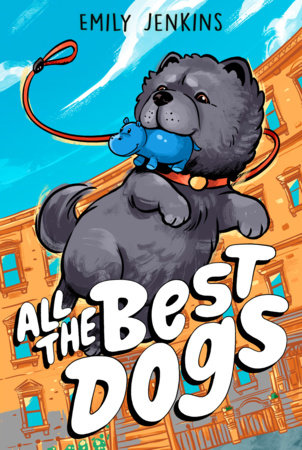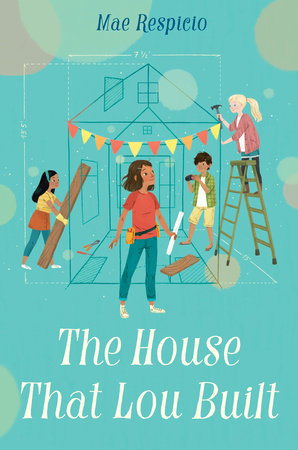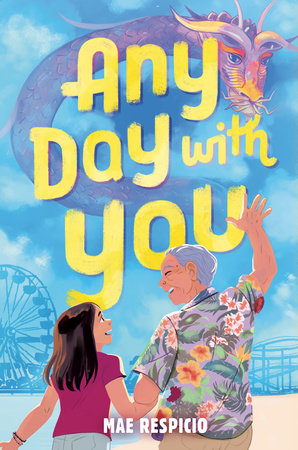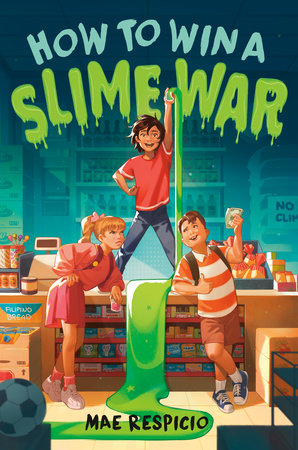A letter from Emily Jenkins, author of All the Best Dogs

Dear Teachers, Librarians, and Media-Specialists,
All the Best Dogs is about being a nerdy kid with just one real friend. And then losing that friend. It’s about being a popular girl who’s misunderstood by many of the people around her. It’s about being a kid with a struggling parent and starting to heal as that parent gets help. And it’s about being a kid who has done something he’s really ashamed of.
It’s also about how four very different kids with very different problems find their ways forward… with the help of dogs. The human-dog connection makes days brighter, makes people braver. Loving a dog can empower a person to show their true selves, their best selves, to other people.
I used to be an educator, both for elementary students and college students. When I write, I love to imagine things teachers and kids might do with my texts. Maybe you’ll look at the conflict between Kaleb and May-Alice and have students role-play, each defending their position. You could do that with the conflict between Kaleb and Ezra, too.
Maybe you’ll study the different communities represented in the Brooklyn of the book — helping kids explore the intersection of bodegas, pizza places, bagel stores, chocolate shops and bubble tea stores in one neighborhood, and what that says about who lives there.
Maybe you’ll talk about the economic and family structure differences between the kids in the book — Ezra with a married mom and dad, dad out of work. Kaleb and his sister living with a single mom, Kaleb in a makeshift bedroom, Dad living nearby. Jilly living with her single aunt while her mom is in recovery, no father in the picture. And May-Alice, with two fairly affluent parents living together.
Or maybe you’ll just talk about dogs! Who has a dog at home. Who would like to have a dog at home. Perhaps you’ll all imagine your “best dog” and draw it. Maybe you’ll brainstorm the silliest dog names you can think of as a creative writing exercise, and then have kids write a story about an imaginary best dog with the name they think is funniest. In the story, the dog will be trying to convince a human to give it a snack when it isn’t doggie snack time. A persuasive essay in the voice of a dog.
I think that would be a good day in an elementary school classroom. At least, it’s a day that the ten-year-old writer I used to be would have loved.
Thank you for thinking of sharing All the Best Dogs with your kids. And thank you for bringing literature and all its joys to your students in this difficult time.
Yours,
Emily Jenkins

All the Best Dogs By Emily Jenkins; illustrated by Manuel Preitano
For anyone who loves a dog--and anyone who loves a laugh, comes this sensitive (and silly!) story about growing up and mending fences. An enduring message of friends, community, and the joy of pets.
Ask anyone who has a dog and they’ll tell you that their dog is the best. Really, truly, the best dog in the world. Theirs is the best dog that ever lived, ever, ever, in the history of the known universe.
Welcome to the dog park! It’s a playground for dogs in the big city. Here, four sixth graders (and their dogs!) overlap on one hilarious and important June weekend.
Ezra needs to find his lost dog.
Cup-Cup needs a friend. (She also needs to learn to walk on a leash.)
Mei-Alice wonders if anyone will ever understand her.
Panda wonders what will happen if she breaks the rules.
Kaleb is covering up a terrible mistake.
Grover and Lottie are making lots of terrible mistakes. (Some of them are disgusting.)
And Jilly needs to make a new life in a new place.
On this almost-summer weekend, a series of surprises, mishaps, and misunderstandings will end up changing all of their lives.















